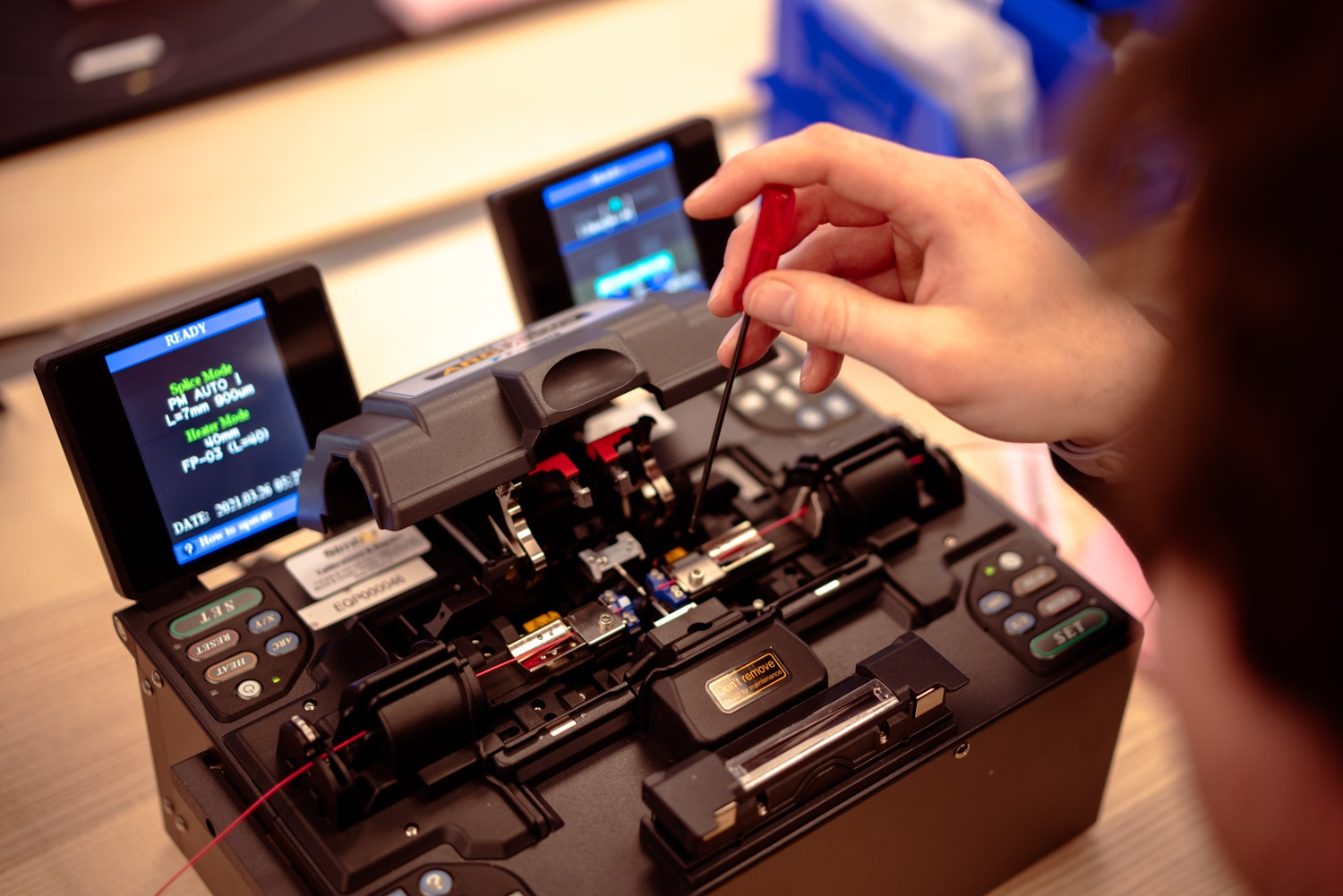Coherence length plays a crucial role in many areas of physics, including optics, spectroscopy, and quantum mechanics. It is essential in understanding interference, diffraction, and holography, and it also helps in characterizing laser light, which requires long coherence lengths to function properly.
In this article we will define coherence length, explain how it is calculated, and share practical applications for coherence length.
Coherence Length Defined
Coherence length refers to the distance that light can travel while maintaining its phase relationship. It is defined as the measure of temporal coherence, expressed as the propagation distance over which the coherence significantly decays. This phenomenon occurs when two or more waves of light are traveling in the same direction, and their peaks and valleys align.
In other words, coherence length is a measure of how far a beam of light can travel while remaining coherent. It is a property of the light source and depends on the size and nature of the emitting object.
In practical terms, the resolution of an optical imaging system is determined by coherence length. If the coherence length is shorter than the distance that the light needs to travel through a sample, then the resulting image will be blurry and distorted. By contrast, longer coherence lengths can provide clearer images and higher-resolution measurements.
Calculating Coherence Length
To calculate coherence length, you need to measure the interference pattern created by two coherent light sources. This can be done by splitting a laser beam into two separate beams using a beam splitter, then reflecting each beam off a mirror before recombining them using a second beam splitter.
The interference pattern created by the two beams will show areas of constructive and destructive interference, which can be used to calculate the distance between them. By varying the distance between the mirrors and measuring the resulting interference pattern, you can determine the coherence length of the light source. For instance, a laser with a coherence length of 1 km implies that there is still a significant phase relationship between two points separated by that distance, but it has already been degraded by laser phase fluctuations.
The reason coherence length is frequently used instead of coherence time is because the delays in optical experiments are often caused by the differences in optical path lengths. The interferometer displayed below only displays clear interference fringes when the coherence length of the laser light is equal to or greater than the path-length difference of the two arms. What’s more, when generating holographic recordings, it is essential to have coherence between two beams with slightly different path lengths, requiring the coherence length of the light source to exceed the maximum path-length difference.
For light with a Lorentzian optical spectrum resulting from a random walk of the optical phase, the coherence length can be calculated as:
The symbol represents the optical bandwidth, which is the full width at half-maximum (FWHM). The coherence length refers to the distance that light can travel before its coherence function drops to the value of 1/e.
It's worth noting that sometimes people use the equation without dividing by , but this is just for rough estimations of the coherence length and doesn't account for a precise definition of the optical bandwidth.
Practical Applications
Coherence length allows us to understand the behavior of light and its interactions with matter. It has important applications in many fields, from medical imaging to telecommunications and beyond.
- Telecommunications: One of the most familiar examples of coherence length is in the field of telecommunications. In fiber-optic cables, coherence length ensures that the signals can be transmitted with minimal distortion. A shorter coherence length would result in a more scattered signal, reducing the efficiency of the transmission and potentially causing errors in the data.
- Measurement Tools: Coherence length also aids in the development of precision measurement tools such as interferometers. These instruments rely on the interference of waves to accurately measure changes in distance or displacement, making coherence length a key factor in their accuracy.
Beyond practical applications, coherence length plays a significant role in many areas of fundamental physics research.
Learn More About Coherence Length
Dayy Photonics can advise on optimal coherence length and offer solutions to solve for your coherence length needs.
To learn more about our coherence length options, contact DAYY Photonics to talk about the specialized needs of your application.


